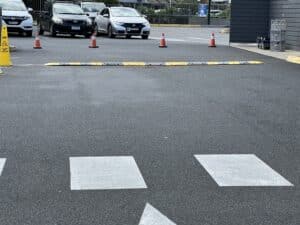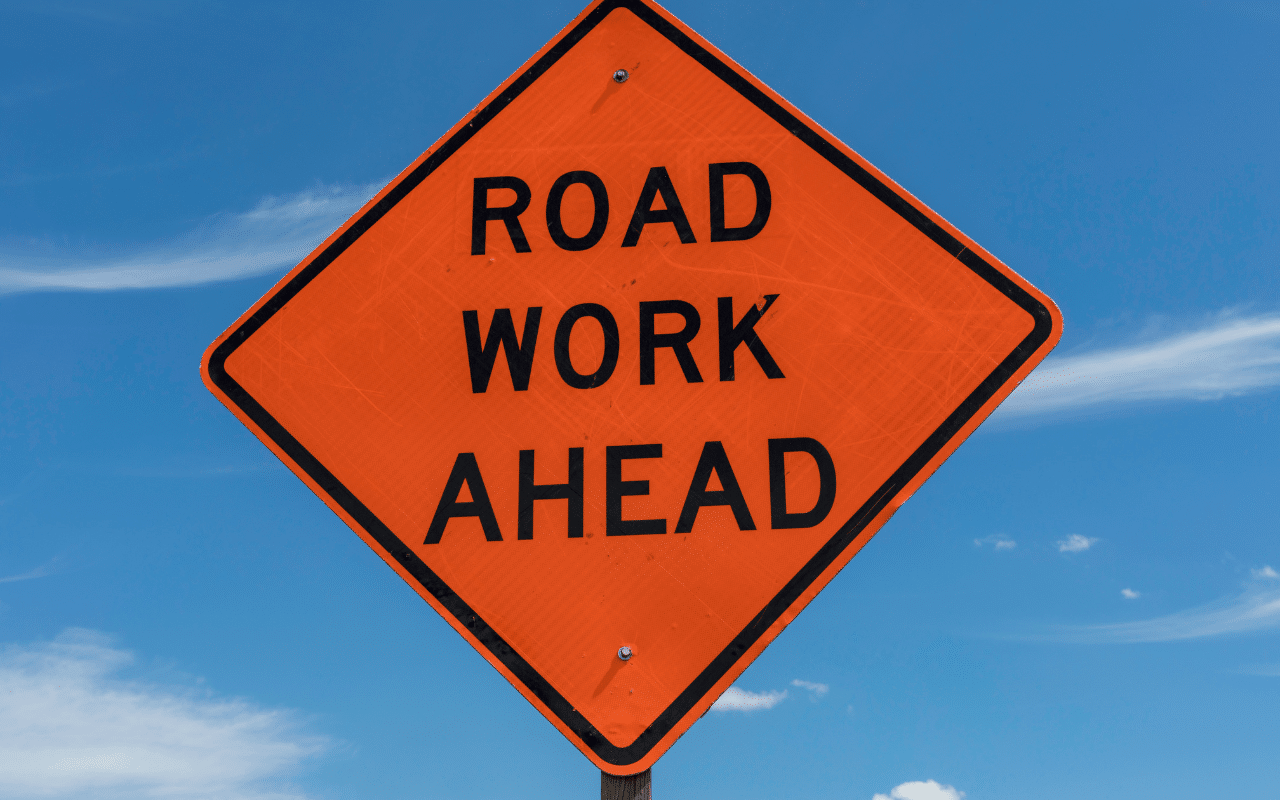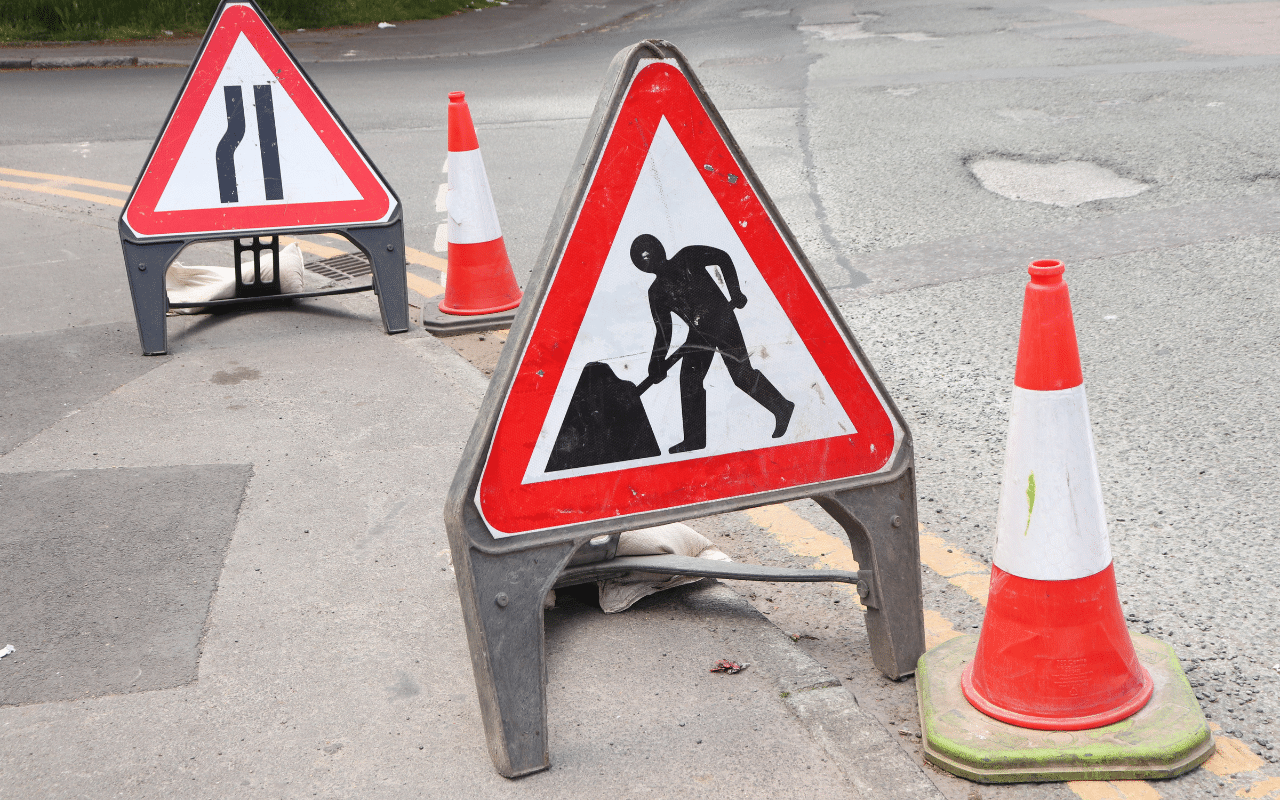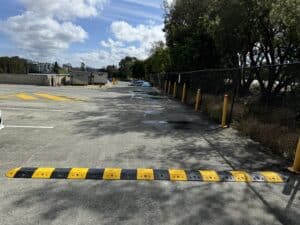

Traffic signs are crucial in maintaining road safety and ensuring smooth traffic flow. One of the most significant aspects of traffic signage is colour, as it conveys critical messages to drivers at a glance. Each colour used in traffic signs serves a specific purpose, influencing driver reactions and decision-making. Road safety and general traffic management can be improved by comprehending the psychology underlying the colours of traffic signs.

Human perception and behaviour are significantly influenced by colour. Traffic signs use distinct and consistent colours to communicate messages effectively. Drivers rely on colour recognition to process information quickly, often making split-second decisions based on the signs they encounter.
For instance, red is associated with urgency and warnings, while green signifies permission or direction. Using standardized colours in road signage ensures drivers across different regions can easily understand and react appropriately.
Red is one of the most dominant colors in traffic signage, primarily used for stop signs, yield signs, and prohibitive notices. This colour signals danger, urgency, and the need for immediate action. Red is used in critical road signs that require drivers to pause, stop, or yield because it is highly visible and is associated with alertness.
For example, the familiar octagonal red stop sign demands an immediate halt, ensuring drivers assess the intersection before proceeding. Similarly, no-entry and wrong-way signs use red to alert drivers to potential hazards ahead.
Yellow is widely used for warning signs, drawing attention to potential road hazards, changes in road conditions, or the presence of pedestrians. This colour triggers alertness and encourages drivers to slow down and prepare for possible changes in traffic patterns.
Common yellow traffic signs include pedestrian crossings, school zones, and curvy road warnings. Yellow’s strong visibility and brightness guarantee that drivers are aware of possible hazards and modify their driving accordingly.
Green is commonly associated with movement, guidance, and permitted actions. Directional signs, such as those indicating highway exits, street names, and route markers, often use green backgrounds to provide clear and readable information.
Since green is a colour that signifies safety and direction, it helps drivers navigate efficiently without confusion. Road signs indicating destinations, distances, and freeway entrances use green to ensure smooth traffic flow.
Informational material, such as highway services, rest areas, hospitals, and petrol stations, is usually displayed on blue traffic signs. This colour is non-threatening and neutral, allowing drivers to quickly locate essential services without distraction.
Additionally, blue is often used for road signs related to accessibility, such as designated parking spaces for disabled individuals. By incorporating blue into service-related signage, authorities ensure drivers can find assistance when needed.
White and black are commonly used for regulatory signs that provide specific instructions or reinforce traffic laws. Speed limit signs, parking regulations, and lane usage signs often use black text on a white background for maximum readability.
The contrast between black and white makes these signs easy to read, ensuring drivers can quickly interpret essential road rules and comply with legal requirements.

Orange is associated with construction, maintenance, and temporary traffic adjustments. This colour indicates road work zones, detours, and lane closures, signaling drivers to be cautious and prepared for changes in road conditions.
Since orange is bright and highly visible, it captures drivers’ attention effectively, ensuring they slow down and safely navigate construction areas. Temporary traffic control measures rely on orange signs to maintain order and reduce risks.
Brown road signs indicate parks, recreational sites, historical landmarks, and tourist attractions. This colour is less urgent and more informative, guiding travelers toward leisure destinations without causing distractions.
Brown signage is essential for promoting tourism and helping visitors locate points of interest, such as national parks, museums, and scenic routes.

Using specific colours in traffic signage directly influences driver reactions and compliance. Traffic authorities ensure drivers can recognize and respond to signs intuitively by maintaining consistency in color usage.
While traffic sign colours are vital in guiding drivers, additional road safety measures contribute to overall traffic management. Speed humps, rumble bars, and other physical traffic calming devices reinforce safe driving behaviors by reducing speed and enhancing vehicle control.
For example, speed humps are strategically placed in residential areas and school zones to slow down vehicles and prevent accidents. Similar to this, rumble bars alert drivers to impending dangers like abrupt corners or pedestrian crossings by producing vibrations and sound.
At Speed Humps Australia, we understand the importance of effective road safety measures. Alongside well-designed traffic signage, physical traffic calming solutions help maintain order and prevent accidents. Our range of high-quality speed humps, rumble bars, and other traffic control devices ensures safer roads for everyone. By incorporating these solutions, communities can enhance driver awareness and encourage responsible driving habits.
Traffic sign colours are crucial in shaping driver behavior, enhancing road safety, and maintaining efficient traffic flow. By leveraging the psychological impact of colours, traffic authorities ensure that drivers receive clear and immediate guidance on the road. Coupled with additional safety measures like speed humps and rumble bars, colour-coded signage contributes to a safer and more organized driving experience. Understanding the significance of traffic sign colours can help drivers and road planners create a more secure and efficient transportation environment.



For 10 years, our focus has been on one thing: to provide one style of product and to do it well.
Our wheel stops, speed humps and rumble bars meet Australian Standards, don’t fade, and we’ve never needed to replace one.

For 10 years, our focus has been on one thing: to provide one style of product and to do it well.
Our wheel stops, speed humps and rumble bars meet Australian Standards, don’t fade, and we’ve never needed to replace one.